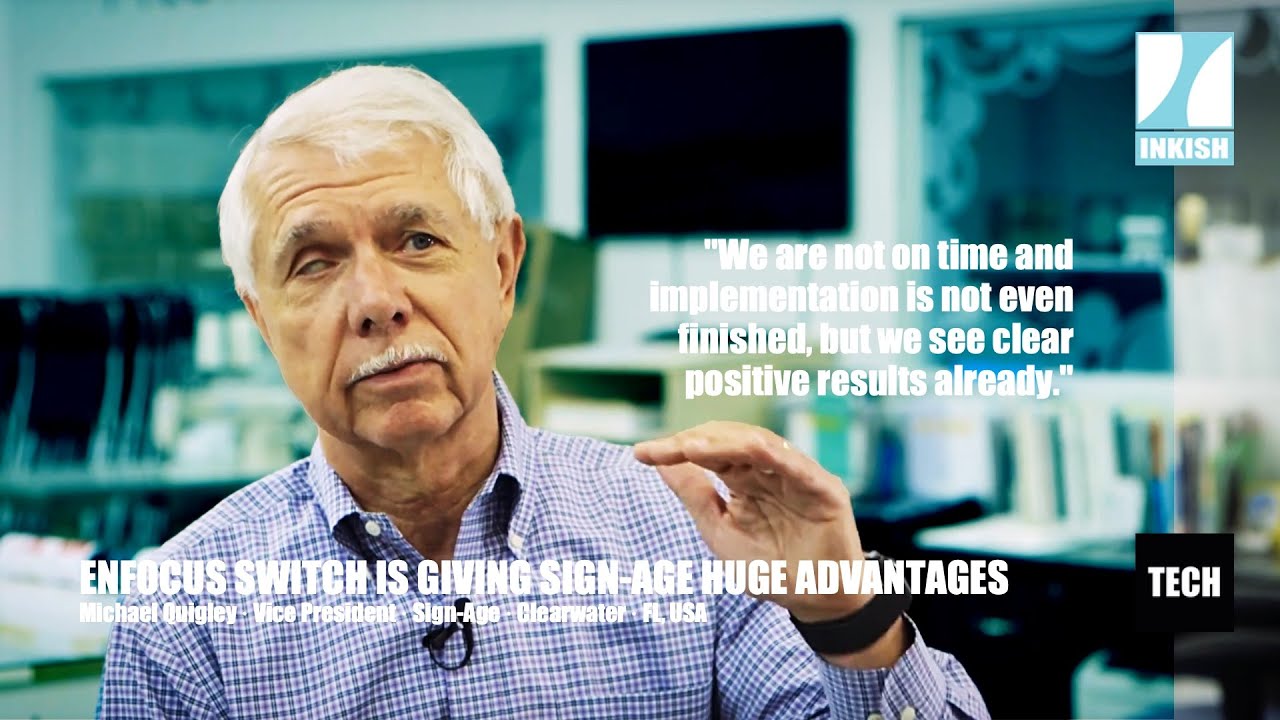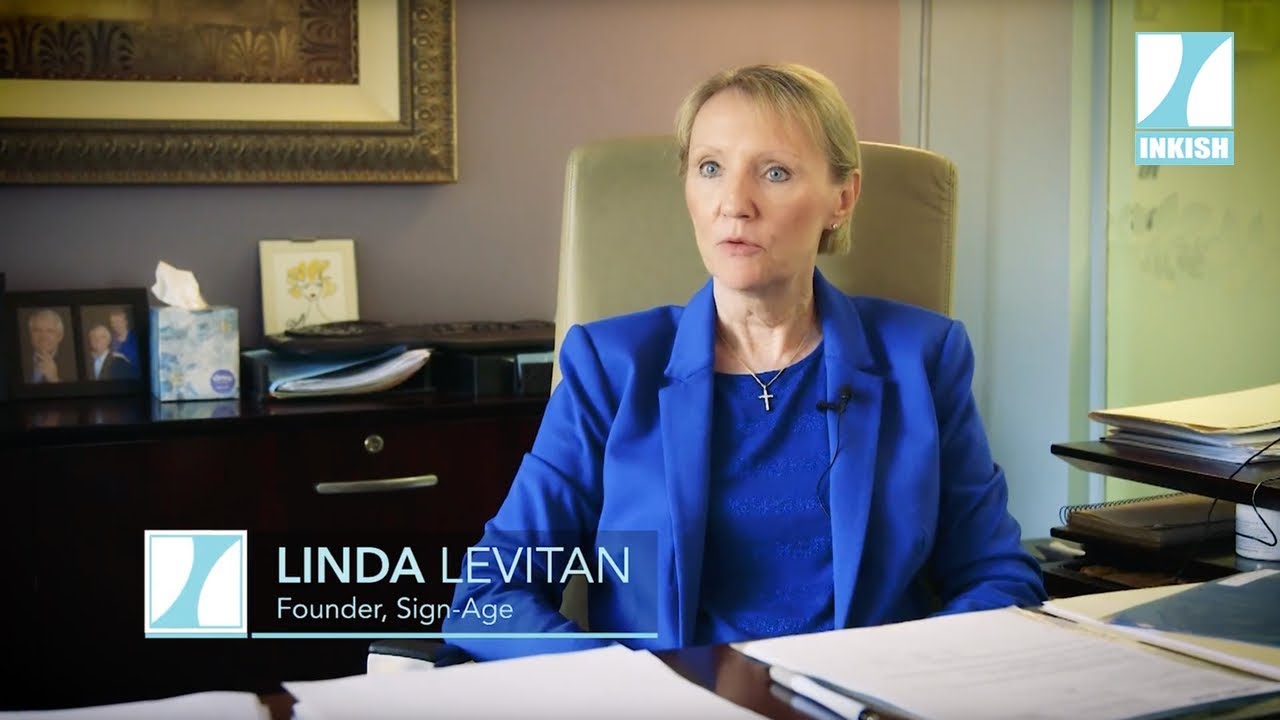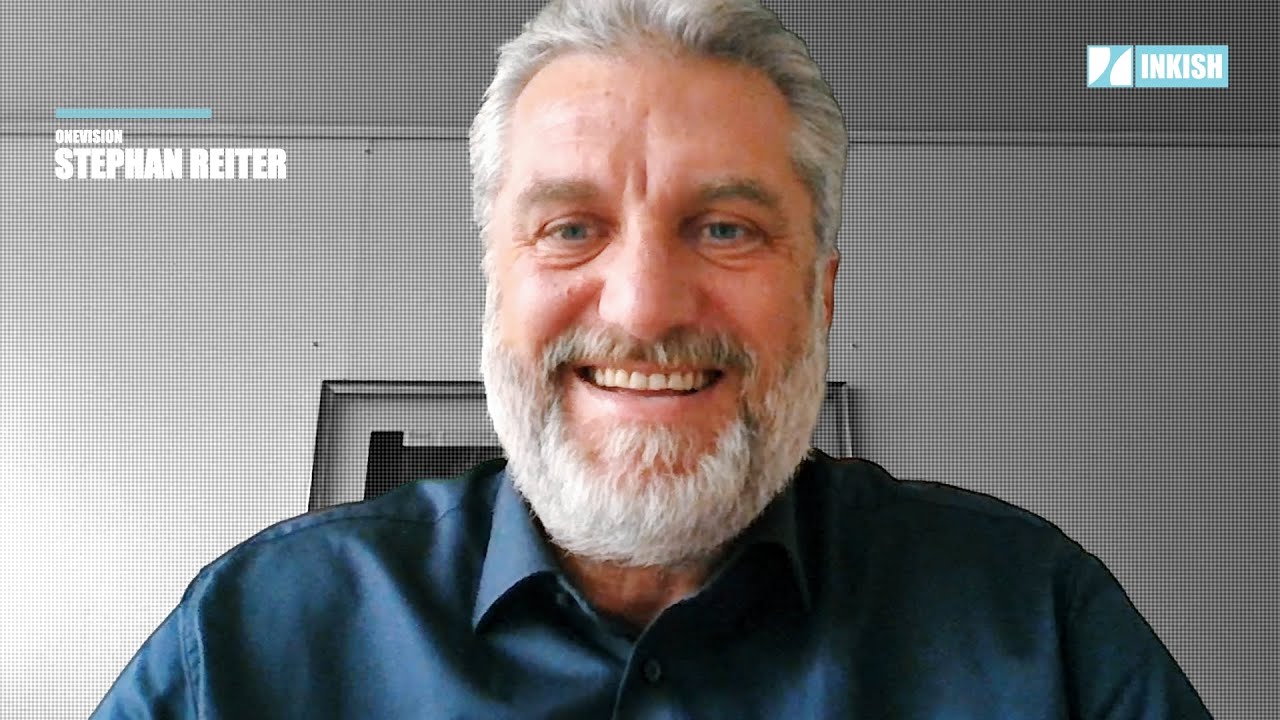Maybe you remember, but back at DRUPA 2016, Enfocus announced a really interesting initiative called X-treme Switchover. The X-treme Switchover is a project that elects a printing company to get a free implementation of a workflow based on Enfocus Switch and, the lucky printing company who got this is Sign-Age in Clearwater, FL, USA.
After Sign-Age was picked last year INKISH was invited to follow the requirements phase, the implementation phase and the ‘after go-live’ phase to document the ups/downs of this process.
Almost a year ago we published the first film where you see the requirements phase and where we speak to different people at the company about what to expect. A year later the implementation is still on-going, but as both President Linda Levitan and Vice President Michael Quigley explains, is not because of difficulties or obstacles, but more because the company simply have been too busy. At the same time, Clearwater was hard hit by a hurricane which both gave power problems as well as extra work replacing signs.
In this film, we speak to various stakeholders and here a year after results are starting to show and the staff is really positive. From an INKISH perspective, we find it interesting to see for several reasons.
One is the positive response from staff. Second is the continued high expectations from management – and last and more from our perspective, how modest the demands are and what a huge impact it already has on the company.
When Sign-Age discover how much more Enfocus Switch can do I am certain that they will appreciate their solution even more.
Take a look and enjoy!
We are in the implementation phase, yet. Surprisingly, it’s a little longer than we anticipated. We certainly contributed to some of the delays, but both organizations are … We’re busy. And that’s a good thing. But it’s not … It hasn’t been where they haven’t been responsive. I mean, as we come in to uncover obstacles and focus have been jumping right on it.
We update in our staff meetings frequently about where we are on all the processes that we’re trying to implement. And then we’re constantly retraining and refocusing on trying to better our processes. So we’re looking at switch, and this software, as a process that we realize we’re in a beta stage for this. So we know that it’s going to take time.
I don’t think anyone really anticipated it would take this much time, but then we didn’t know what the software could really do for us when we started. But we’re very thankful that we have this opportunity, and we really do see it helping us expedite our quoting and our processes much more quickly.
From what I understand, once we get passed this phase of it, then it will actually go into workflows and drop the files into the printers. So I’m looking forward to that, too.
I support the sales staff. There are two salespeople that I support with estimating, when they get requests from a customer, and they get art received from a customer, they will forward it on to me, and then, I will use Switch to preflight it, to see, number one, is the art?
Number two, if we need to scale it to size, based on what the customer has requested, if it’s something dimensional, for a wall; if it’s something that’s going to be a specific product; if there are banners; if there is wall art, whatever we can preflight it, and not have to go to our designers. It saves us a lot of time, to be able to do it directly.
And then, if there is an issue, we get the salesperson back involved, with going back to the customer, because the art is not usable.
It is a lot of pressure, because you have your salespeople, your estimators, they all need their work to be processed, so that they can get back to the customer, and then, that way, they can get the jobs out. So it’s all about the sales. Driven by sales.
So you will end up having to really, sometimes, have to put currently sold jobs aside, to accommodate the salesperson, or the estimator, to give them the preflight or the sizing for the art that they need.
It does, because we can estimate the time that it will take to fix the art, if we need to add that in, because now it’s, without Switch, it’s a guess. We don’t how long the artist will have to take, to fix errors, and we don’t have that capability to know what they see on their end, because we don’t have Illustrator on our computer.
We can know the errors that are needed. We can see the logo, which is important, which is for sizing, and for colors, and have our recommendations there.
It takes a bit of pressure of us. It keeps them, the salespeople, our estimators, they are happy. They can deal with their customer almost immediately, instead of saying, “Well, I’ll get back to you in a day, or half a day,” and that is good customer service. I guess that is also the whole purpose, or what we really would want to do, is give good service to our customers.
I do see that it’s going to move us to be more profitable, because it’s going to allow us turn quotes faster, and the faster you can turn a quote, the faster you can close it.
We are further, and the very exciting aspect of that is, that we got this scaling program, but you have to remember, we’re making a sign. We’re not just printing something that’s going on a flat surface. So we have a lot of components going into that sign. We’re going to have, maybe some plastics. We’re going to have laminates. We’re going to have paints.
We’re going to have other things that go into that, so the first we have to do is scale it, so that we know all the different material components that go into that, so that’s really going to save us a lot of time, and we’re very excited about that, because we don’t have to now send that to the Art Department, wait for them to scale it for us, and get it back to the Estimating Department, to estimate.
Once we received that, and that was also added to the application, I was really excited, because this tool, other than … It doesn’t only give you an overall sizing, you can do individual lettering, you can go into a report, you can get sizing for individual lettering.
We do have a lot of architectural signs that we do, so this is a very handy tool, and with regards, any of the other artwork, it immediately will tell you whether we have roster images, or whether we have vector images. Yeah, it is pretty exciting.
The accuracy of the files when they go into production is so critical. As this thing moves on, I know our confidence level in the files going directly to print will increase. Today, we’re being very cautious.
A little skepticism yet, but it’s a learning curve, also, but also, as we go through this, there are things that we didn’t anticipate, because we didn’t know. But in the same way, on the development side, they didn’t realize some of the obstacles that we work with.
But, like I mentioned earlier, they respond, and they’re adjusting, and tweaking.
I think so. I believe it’s a win-win for both us, and also, as we go through this process, I can see it being adapted, throughout the industry.
Right now, we’ve been focusing on what I’m going to call, basic large format printing, and then, the dimensional signers that we produce. There’s another aspect that we, another product that we make a lot of, and that’s the vehicle wraps. I don’t know what Switch is going to be able to do for us there. I’m hopeful that we can work through that. That’s going to be something new for them, as well.
Yes, that’s what we’ve been doing. First, we started with the very simple large format printing, for pull up banners, and posters, and wall murals, and things like that. Then we got into, we really have a need to speed up the quoting process for our dimensional product, and that’s when we got into the scaling program.
I think, once we get those things fully implemented, then we’ll see if they want to help us tackle the vehicle wraps.
Pretty much, it’s still a process, but I do like the Drag and Drop feature, that I can pull the file from anywhere, and just drop it in, and it does its thing, and I get a report at the end, so-
It’s a new process. We’re still learning it. We are still practicing it. We’ve just gotten the capability to preflight an EPS file. Typically, I don’t have the capability to open an EPS file on my system. So I would have to send it to the artist, have them open it. I can see at least what it looks like.
Now, with the new EPS, I just got one in today. I’m going to send it, put it to Switch, see what the EPS looks like. Actually, the customer hadn’t, didn’t even know what the new logo looked like in Illustrator, so this will be something new we can try.
I’m very impressed. I think, once the whole application or the program has been sorted out, and can be used, I think it’s going to be a very handy tool for any signage industry. I find, it’s much easier, just to simply go and get the art, and you just place it on the connector. It does the whole process for you, and within minutes, or seconds, even, it e-mails you a report.
You can then, obviously, immediately have an answer: “Yes, the art is good. No, the art is not good.” That can, cuts out a lot of middle people. This can be done at the estimators, when they have a task or a job. The same for the salesperson, and there is no manual in between, from the one to the other, to the other, and then, all the way back again.
So I think can be a very useful tool.
Definitely, but there’s the other thing we look for, too, is increasing our capabilities, without expanding our resources.
I mean, we’ve got some very talented people, and if we can take some of the routine things out of their job, and get them working on more high value projects for … at least, high value, from the customer’s perspective, that is where we want to be. We want to keep going in that direction.
The only thing I was going to add was that I have been so pleased with the people from Enfocus. They’ve just been great to work with, very positive themselves, they’ve never been negative. They’ve been very patient with us. They listen, and they’re willing to adapt.



























